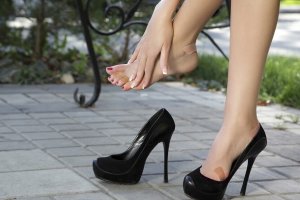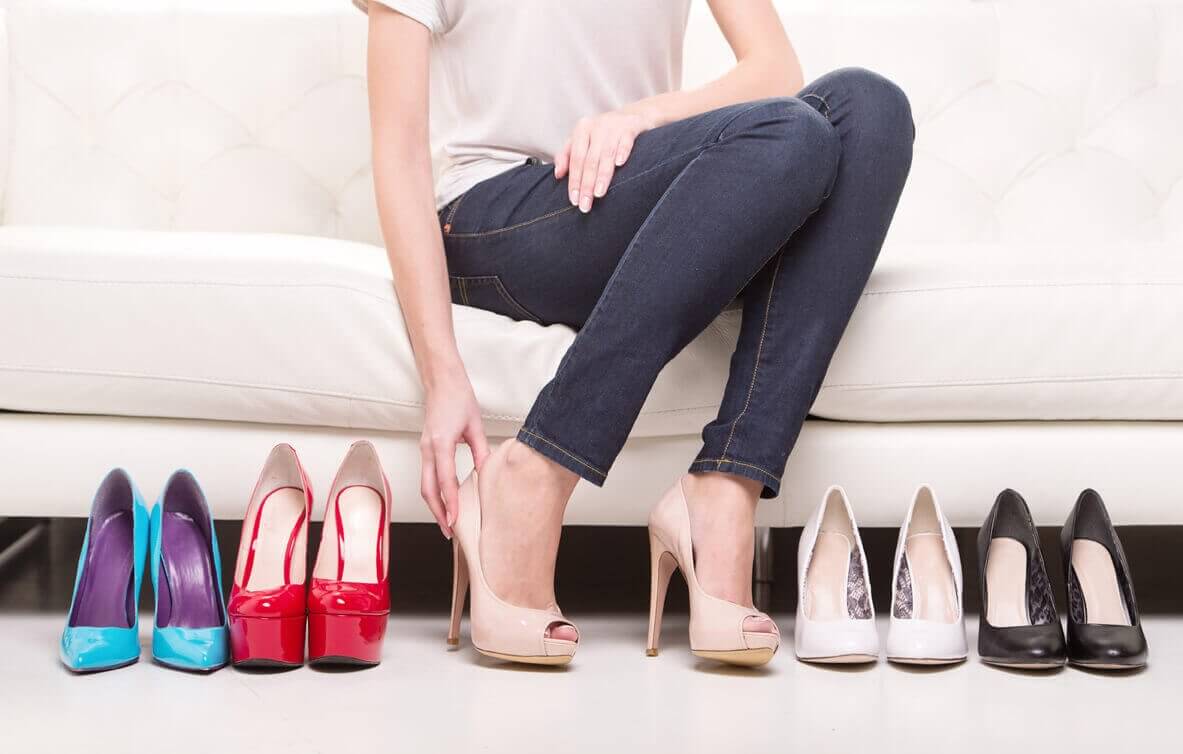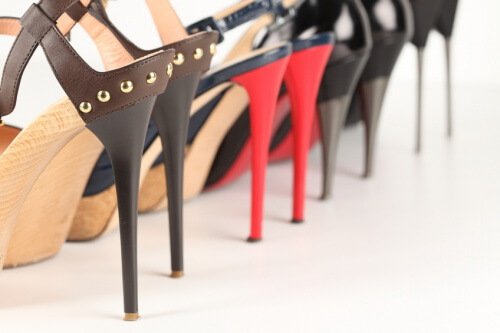7 Tips for Making Heels Painless

Many women enjoy wearing heels. However, there are many others that don’t wear them because, although they’d like to wear a pair, heels result too painful for their feet. In this article, we want to share 7 tips for making heels painless.
Our feet aren’t anatomically designed for high heels and using them can lead to problems such as pain, blisters, swelling or marks. By following our tricks below, you can eliminate or reduce these problems and enjoy more time in your heels! Don’t miss out!
7 Tips for making heels painless
Below, we’ll like to present some recommendations for eliminating, or reducing, the inconveniences that might come with wearing heels. Keep reading!
1. Be critical when trying on the heels
First off, we should ask for our exact shoe size. Using a size that are too big, or too small, can end up hurting our feet. It might seem obvious, but sometimes we forget and it’s extremely important to be able to walk well in those heels.
So, you should try on both of the shoes, walking in them and making sure that the heel of the shoe is lined up with the middle of your heel. By ensuring that they’re aligned correctly, your body weight will be better distributed and thus, preventing any possible injuries.
If you’re not used to wearing heels, or if they normally hurt your feet, you shouldn’t buy heels that are higher than 5 centimeters; and look for the widest heel possible. Keeping those two tips in mind while shopping will help you last longer later in your heels.

2. Stretching spray for heels
Some shoes are narrow considerably in the top area of the shoe. Narrow toes can become a problem when our feet swell a little, for example, at night after being on our feet all day long. So, we recommend the following:
How it works:
- Spray inside shoe.
- Put on shoes.
- Try to walk in the shoes for 20 minutes.
- Repeat after 24 hours.
- If necessary, repeat the steps until the shoes better fit your feet.
3. Use padding
Padding are small, soft cushions that you can place in certain places of the shoe to prevent pain. They’re very practical and you can fit them in your shoe in just a minute. You should carry a pair in your bag for emergencies. Here are two tips:
- For the upper area of your foot, where your foot meets your toes: It’s normal for your foot to hurt here because it’s where your foot bends and, in addition, where it supports your body weight.
- For your heels: Another area that tends to hurt is where your heel meets the heel of the shoe.
4. Non-slip stick for heels
These non-slip patches are for your feet. They prevent them from brushing against your shoes, just as if you had on a pair of stockings. They’re great for when your shoes hurt a certain area on your foot because they relieve the pain and allow you to continue wearing your heels.
5. Tape your toes together
This is a simple and effective trick. Using a bandage, tape your third and fourth toe of each foot together. It’s effective because it deactivates the nerve that’s responsible for transmitting pain signals.
6. Put your shoes in the freezer
This is a great trick for when your shoes are just a tad tight or narrow. Freezing the bags gradually increases their size, stretching out the shoe. In addition, the cold is a bonus for better blood circulation and by putting them on, you can reduce the pain.
How it works:
- Fill two plastic bags with water.
- Place one in each shoe.
- Put shoes in freezer.
- Leave to freeze for a couple of hours.
- Afterwards, remove the bags and put your shoes on.

7. Carry a pair of spare shoes
It’s always a good idea to carry around an extra pair of shoes in your bag to change into in emergencies because the bigger a wound becomes, the longer it’ll take to heal.
With our recommendations, you can go ahead and try on your heels all night or day long. Try out the one that best first your needs. Let us know which tip you used and how it worked for you!
This text is provided for informational purposes only and does not replace consultation with a professional. If in doubt, consult your specialist.








